O-class
Design, Construction, and Naming Notes
USS O-5 (SS-66) was sunk in a collision with a steamer near the entrance to the Panama Canal. Three men died, 16 successfully escaped before the boat went down, and two, Henry Breault and Lawrence Brown were trapped alive in the torpedo room. The bow was lifted from the mud and the two men were rescued. O-5 was a total loss and even though she was salvaged the boat was not returned to service. She was sold as scrap in Balboa, C.Z., Panama.
These were the first U.S. submarines with really satisfactory diesel engines from the start. In addition, they were the last USN submarines built with 18-inch torpedo tubes. All subsequent USN designs used 21-inch diameter tubes. In general they were well liked and quite useful, although once again the Lake variant was rated inferior to the EB boats. They spent a lot of time in Panama guarding the approaches to the canal. The Lake boats were discarded in the mid 1920's, and the EB boats were laid up in mothballs In Philadelphia between 1931 and 1941. They were hurriedly returned to service as war clouds loomed in 1941 and served in a useful capacity as training boats in New London. Unfortunately, USS O-9 (SS-70) was lost with all hands in a tragic accident in June 1941. Her crew is "On Eternal Patrol".
The decommissioned O-12 was pulled out of mothballs and sold back to Lake. He had the boat heavily modified for Sir Hubert Wilkins' polar expedition of 1930 and renamed it Nautilus. It was intended to run the boat under the ice all the way to the Pole. It was not successful in this role and it sank in a deep Norwegian fjord in 1931.O-1 (SS-62)
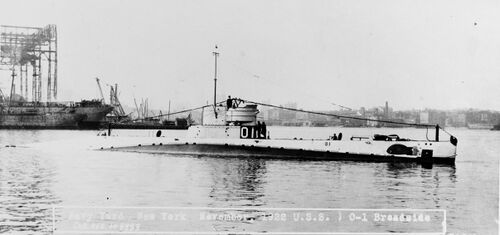
O-2 (SS-63)
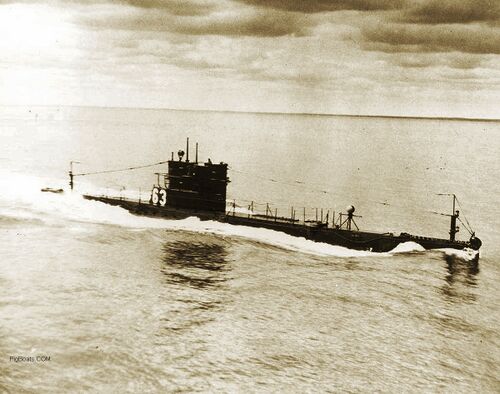
O-3 (SS-64)
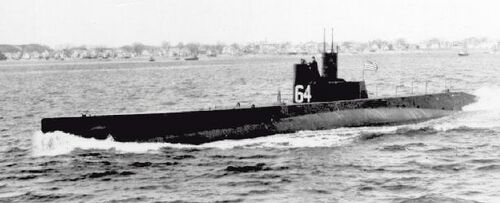
O-4 (SS-65)
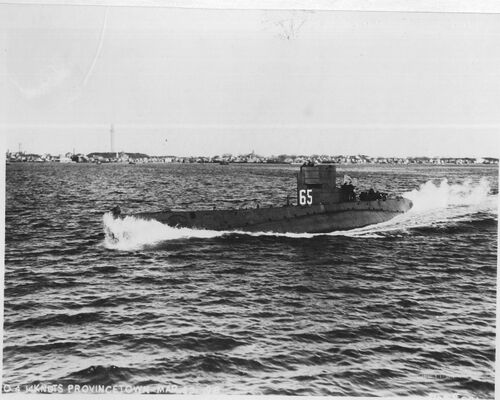
O-5 (SS-66)
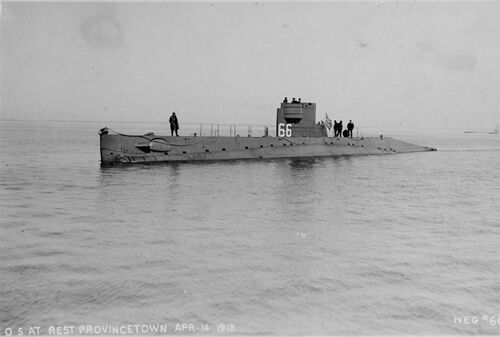
O-6 (SS-67)
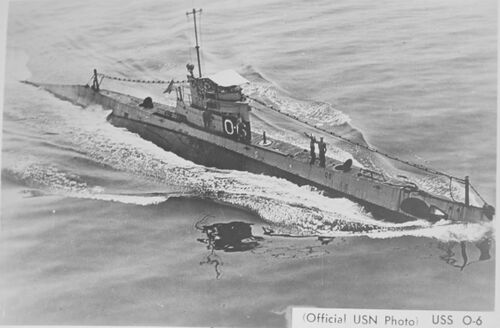
O-7 (SS-68)
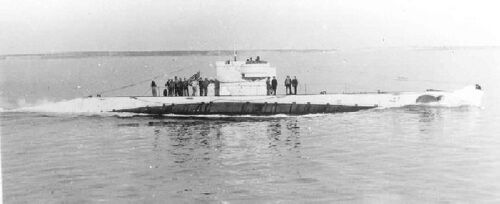
O-8 (SS-69)
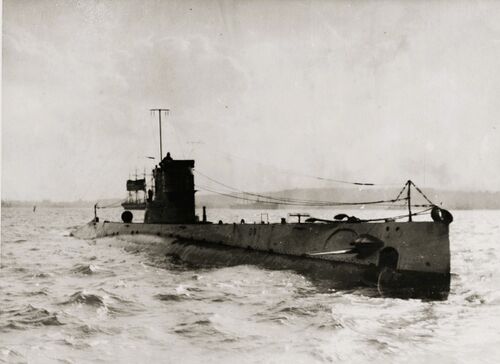
O-9 (SS-70)
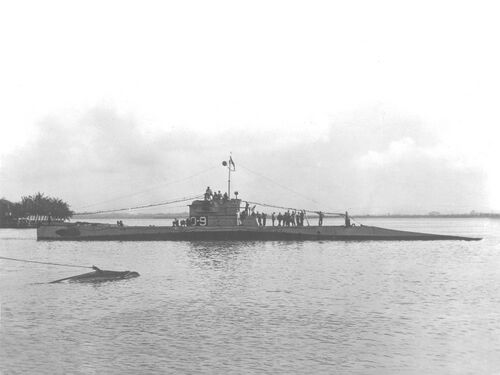
O-10 (SS-71)
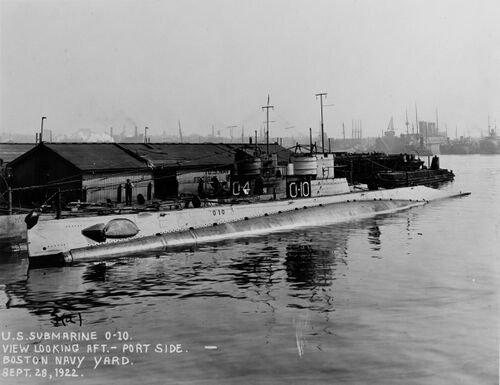
O-11 (SS-72)
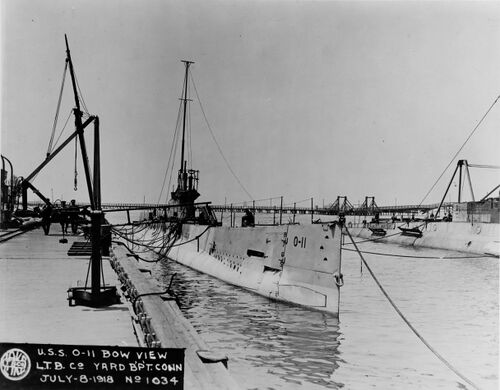
O-12 (SS-73)
O-13 (SS-74)
O-14 (SS-75)
O-15 (SS-76)
O-16 (SS-77)
General O-class Photos
See more General O-class photos
Page created by:
Ric Hedman & David Johnston
1999 - 2023 - PigBoats.COM©
Mountlake Terrace, WA, Norfolk, VA
webmaster at pigboats dot com
